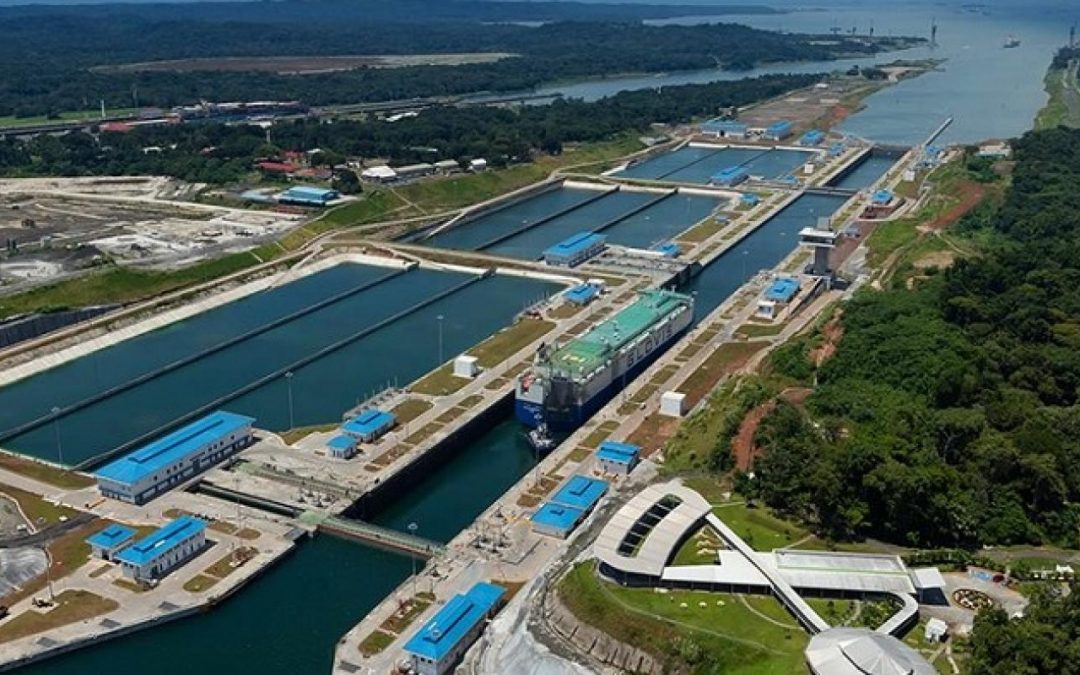As low water levels limit movement across the Panama Canal, a potential solution is in the works to mitigate the effect future droughts will have on the region.
The Canal’s board of directors submitted a proposal to the Panamanian government to advance the process of pursuing a set of solutions, some of which fall outside of the canal’s watershed, a Panama Canal Authority spokesperson told S&P Global Commodity Insights.
Rather than focusing on specific projects, the proposal calls for defining the Canal’s watershed and modifying or expanding the limits established in the 2006 law, as well as eliminating some restrictions on the canal for the construction of new reservoirs, the spokesperson said.
Panamanian authorities have long sought a solution to increase the supply of freshwater in the canal, which would allow them to avoid future restrictions on its capacity during dry seasons. A potential project involves the construction of a multipurpose reservoir on the Indio River, the canal’s administrator Ricaurte Vásquez said earlier this year.
The Indio River is located outside the Canal’s watershed, so its construction would require government approval. Authorities have already conducted pre-construction studies on the potential reservoir, based on information posted on the authority’s website.
The project will not likely be realized in the short-term as it first requires approval from several government entities, Panama’s minister for Canal affairs Arístides Royo told a congressional committee in September.
Meanwhile, Canal authorities are also working on short-term solutions to improve fresh water supply to the Canal’s locks. One of them involves the construction of a new raw water intake in Gamboa as well as an abduction line to connect Gamboa to Paraíso. This project is already in the tendering phase, with the deadline to submit offers scheduled for January 2024, based on information posted on the Canal’s procurement page.
According to the spokesperson, this project will improve the use and reliability of water from Gatún Lake, which is the waterbody through which the Canal runs.
LNG impacts from current restrictions
LNG flows from the US to Asia have weakened in the face of inclement weather, with many charterers looking to longer routes through the Suez Canal and the Cape of Good Hope to avoid delays caused by low water levels.
From Nov. 1 to 17, just six vessels arrived at the canal to voyage southbound, according to S&P Global Commodity Insights data. In comparison, 11 LNG carriers traveled southbound during that same period in 2022.
Panama Canal authorities recently announced the implementation of further transit restrictions. Starting Dec. 1, container ships will be given priority over the only two booking slots LNG vessels would typically use to transit the canal, which would leave LNG tankers with no choice but to opt for auctions to expedite their transit.
Source: Hellenic Shipping News





